Fantini Cosmi L22 Manual
| Mærke: | Fantini Cosmi |
| Kategori: | Termostat |
| Model: | L22 |
Har du brug for hjælp?
Hvis du har brug for hjælp til Fantini Cosmi L22 stil et spørgsmål nedenfor, og andre brugere vil svare dig
Termostat Fantini Cosmi Manualer

18 December 2025

17 December 2025

16 December 2025

16 December 2025
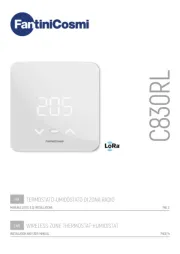
14 Oktober 2025
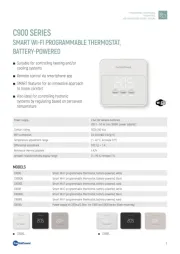
13 August 2025
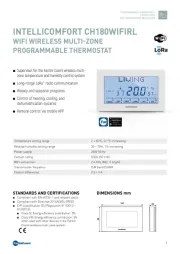
22 Juli 2025
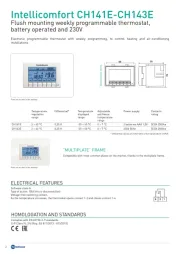
22 Juli 2025
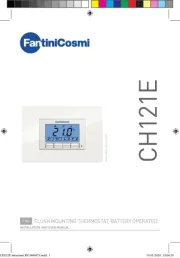
22 Juli 2025
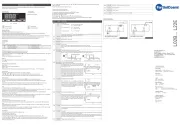
6 Juli 2025
Termostat Manualer
- Optima
- Drayton
- Warmup
- SPC
- Daikin
- GE
- IMIT
- Nexa
- Conrad
- OJ ELECTRONICS
- Brennenstuhl
- Tesla
- ORNO
- Schwaiger
- Computherm
Nyeste Termostat Manualer

25 December 2025

2 December 2025

1 December 2025

28 November 2025

27 November 2025

27 November 2025

27 November 2025

27 November 2025

27 November 2025

27 November 2025
